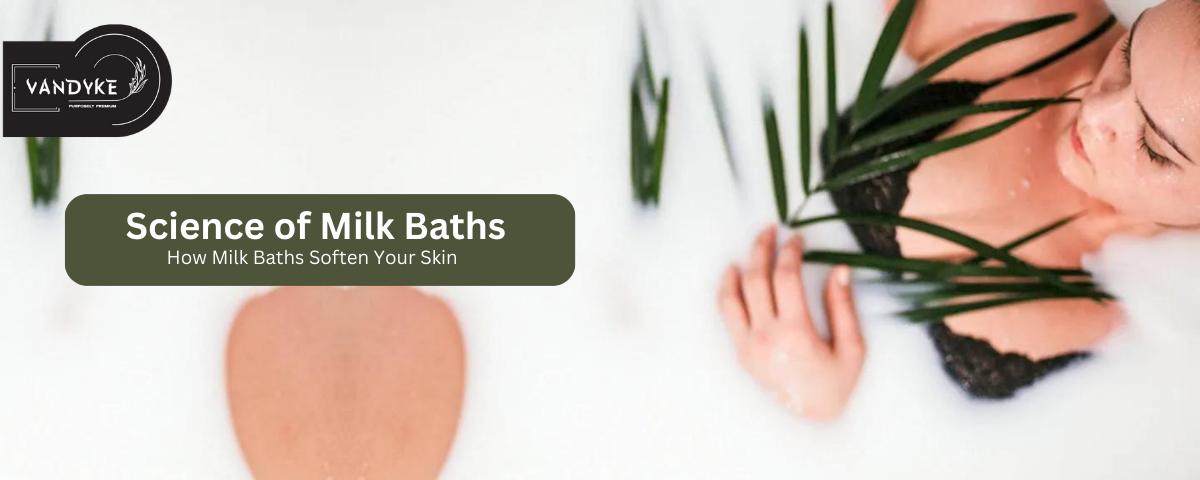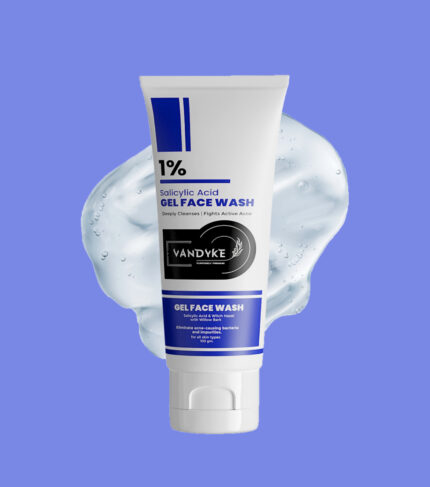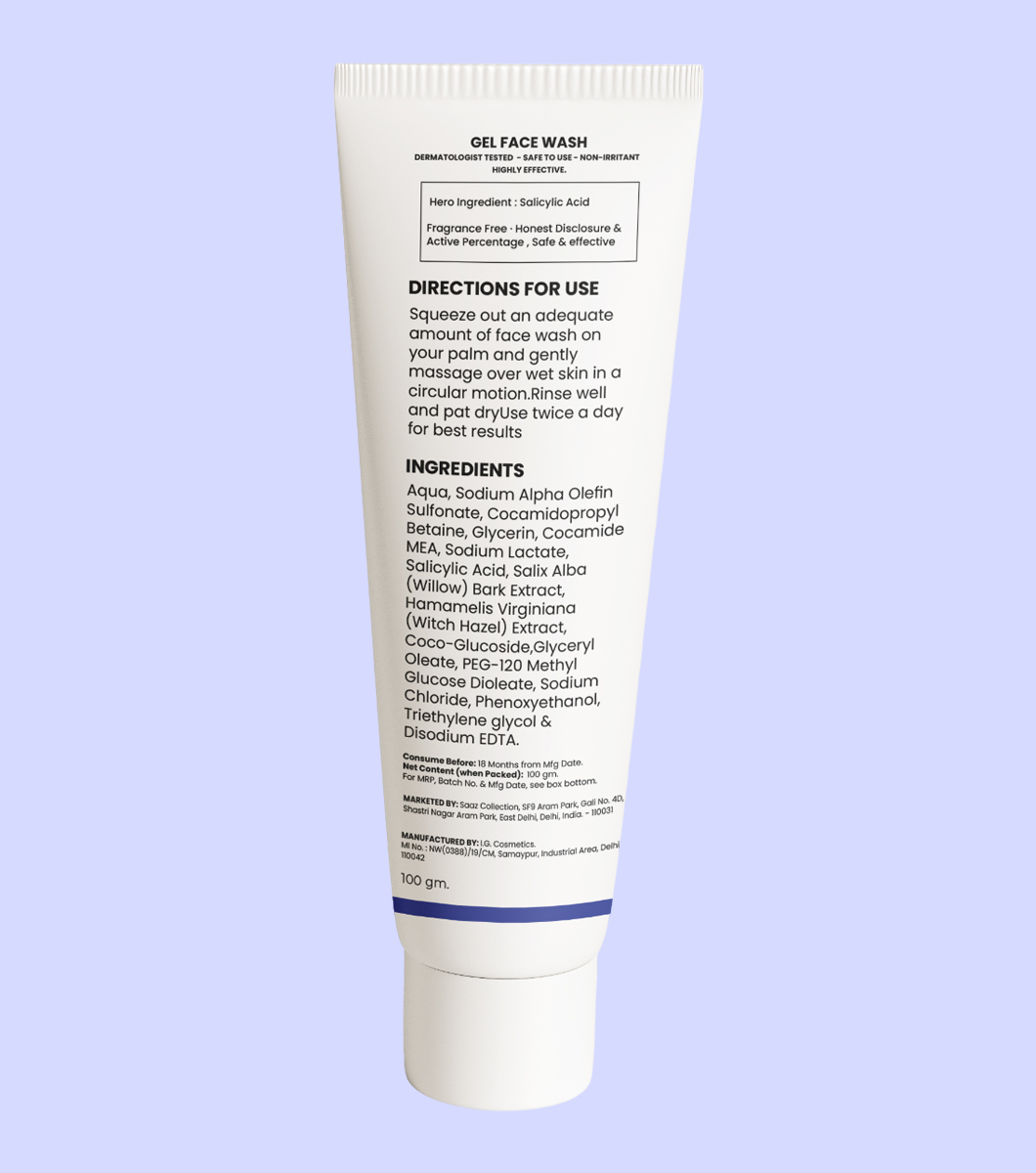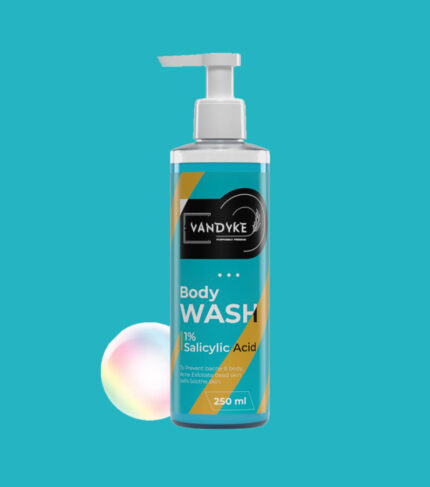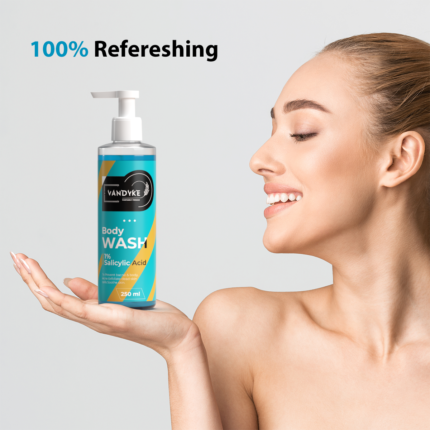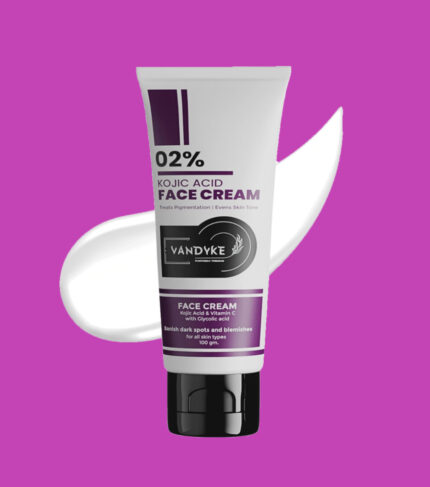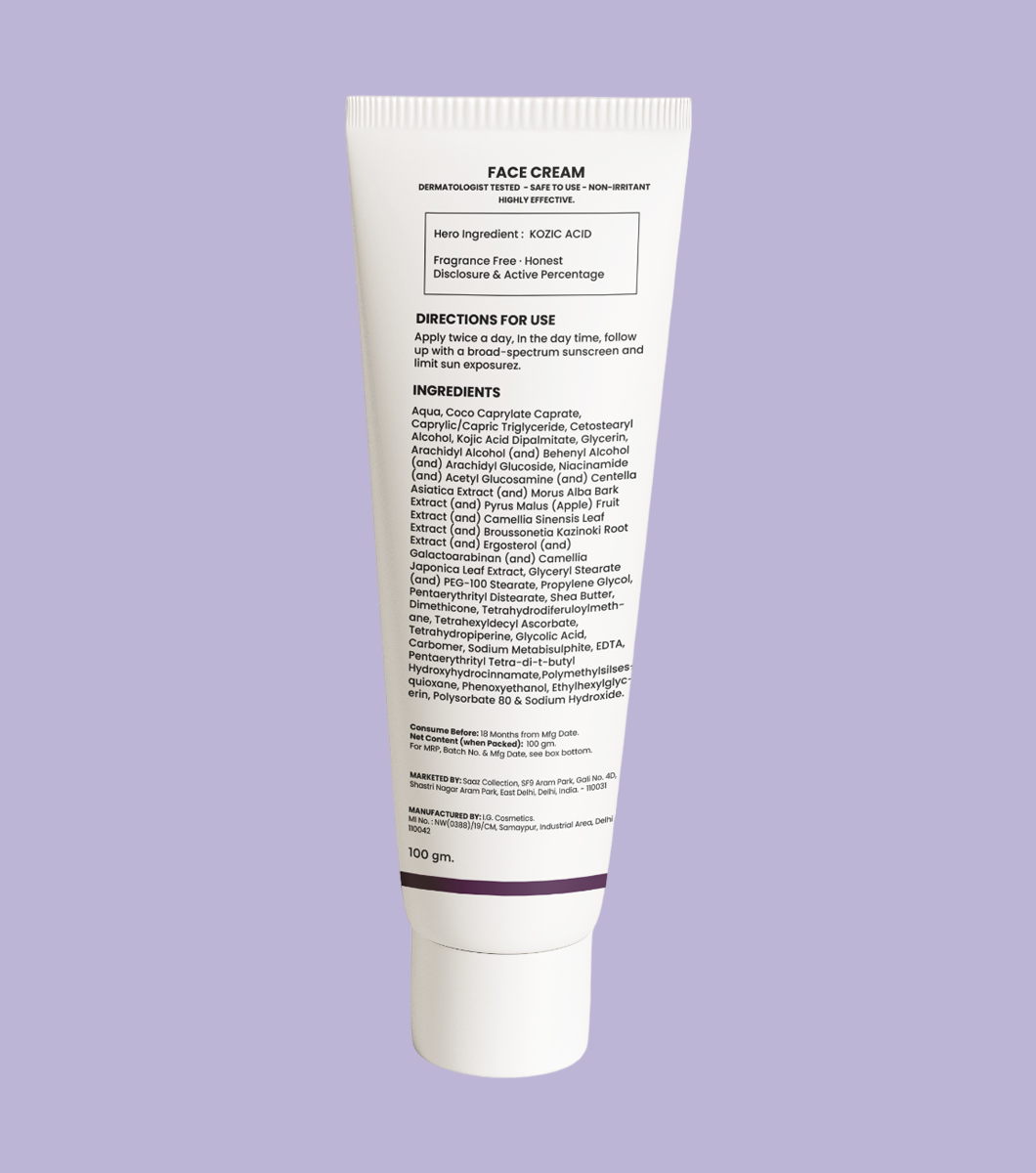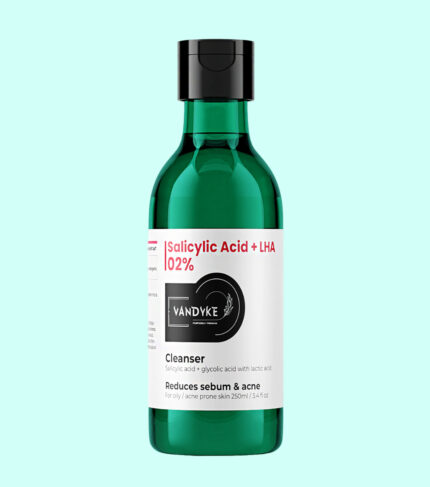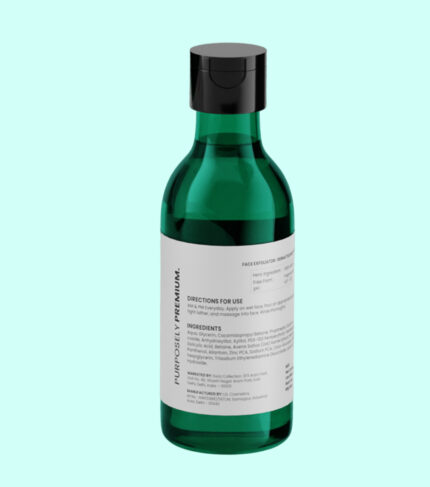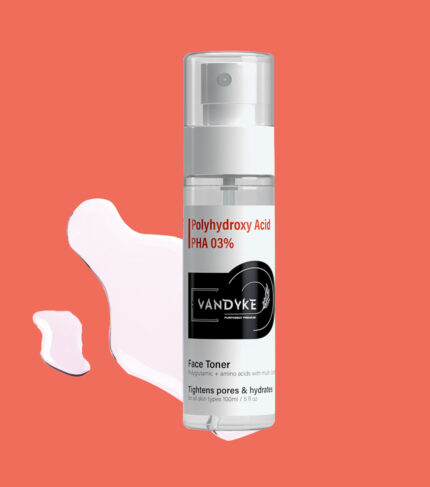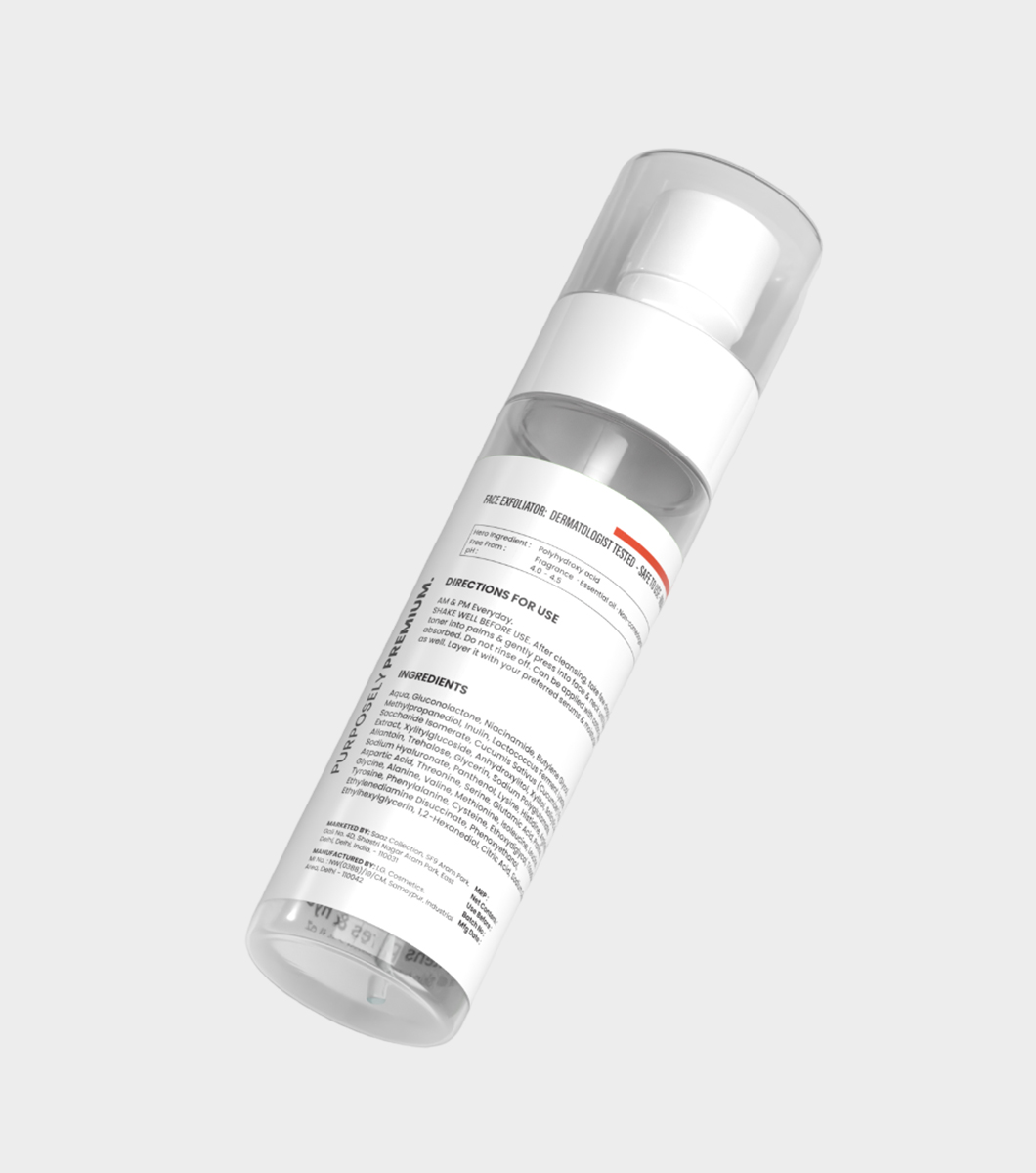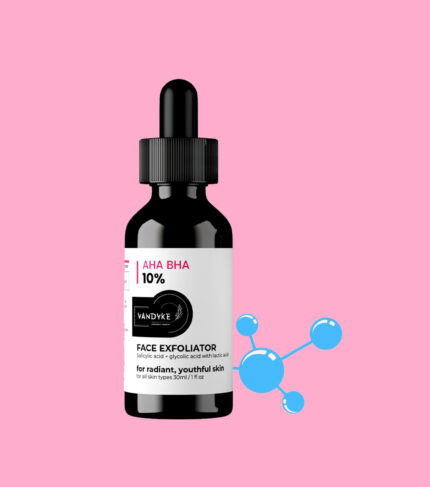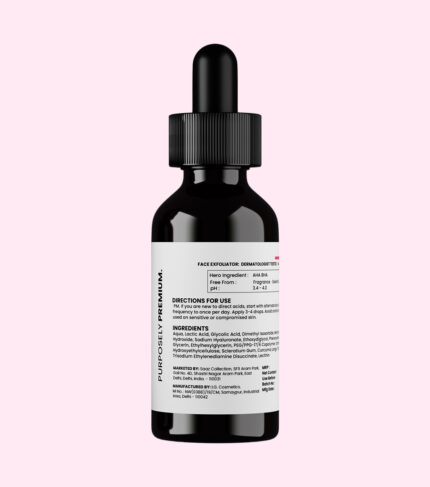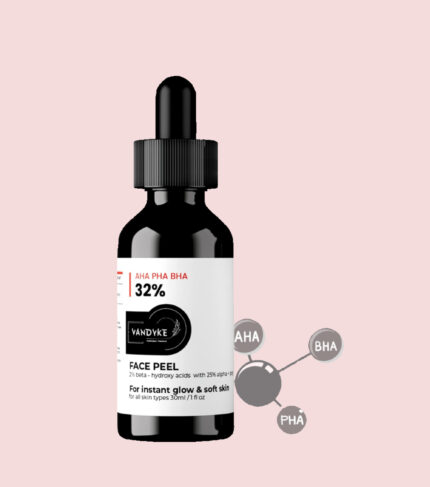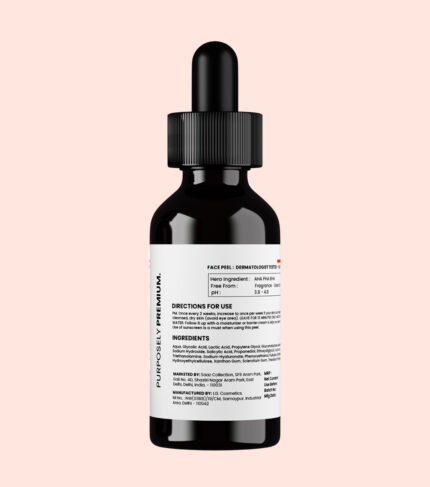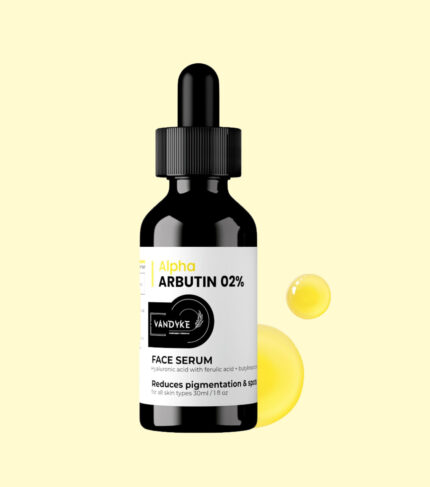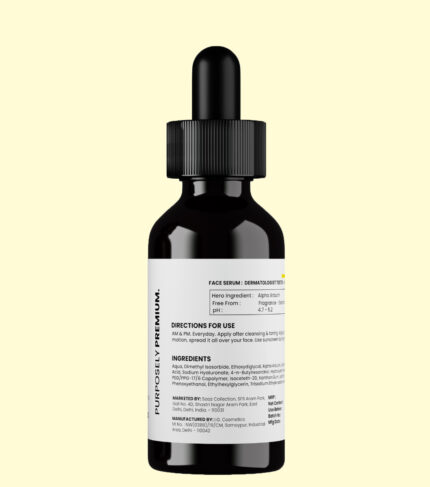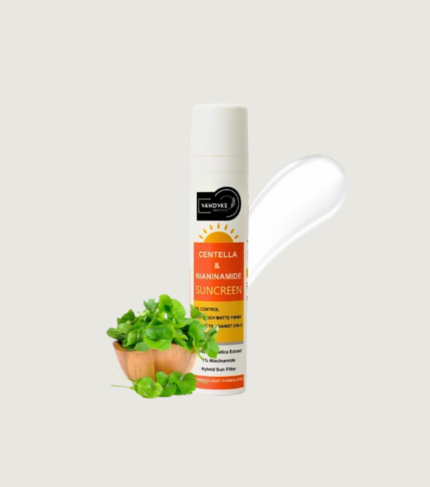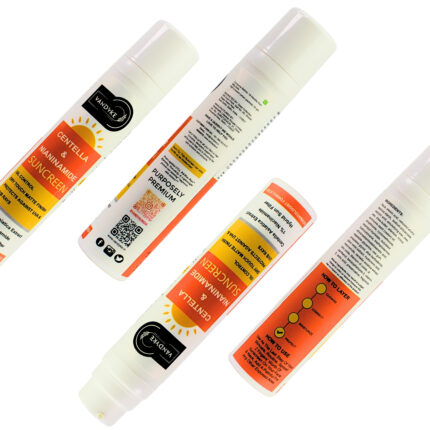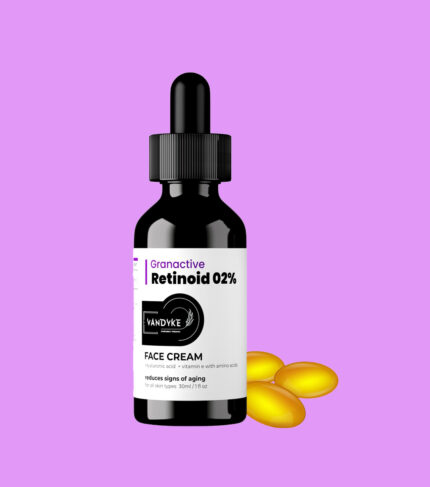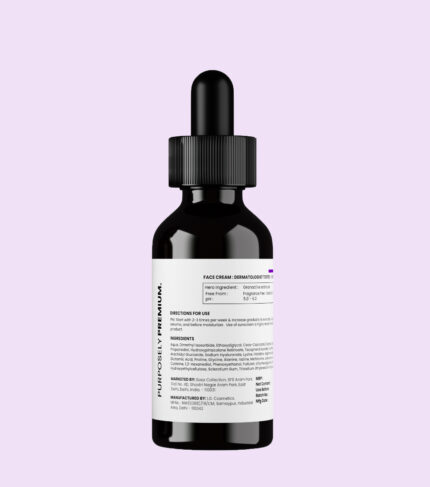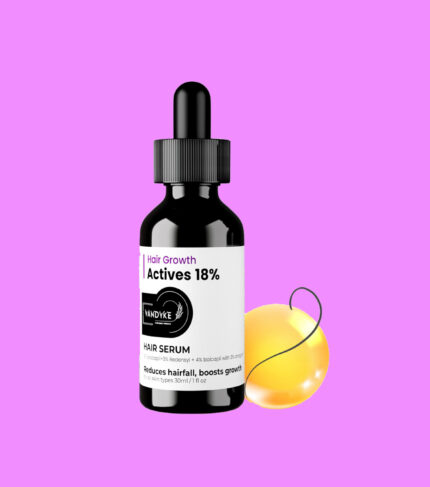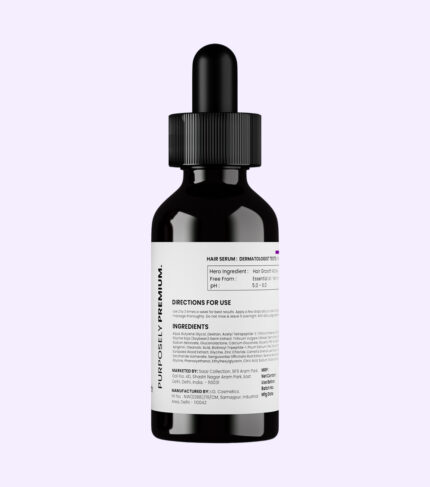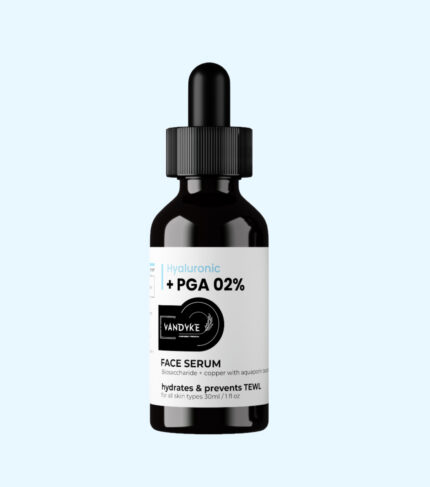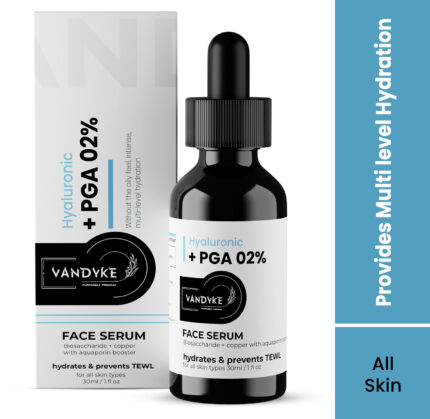The Science of Milk Baths How Milk Baths Soften Your Skin?
Milk baths have been cherished for centuries as a luxurious and skin-nourishing ritual. Cleopatra, the legendary Egyptian queen, is famous for her love of milk baths. But what is the science behind this age-old beauty regimen, and how do milk baths contribute to soft, supple skin? In this exploration of the science of milk baths, vandyke will uncover the secrets behind their skin-softening benefits.
What is Lactic Acid?
Lactic acid is a key component found in milk and dairy products. It belongs to a group of compounds known as alpha hydroxy acids (AHAs). AHAs are renowned in the skincare world for their exfoliating properties. Lactic acid, in particular, plays a pivotal role in milk baths.
- Exfoliation
Lactic acid works by gently exfoliating the outermost layer of dead skin cells. This process, called desquamation, reveals the fresh and radiant skin beneath. Unlike harsher exfoliants, lactic acid is mild and suitable for all skin types, making it an ideal choice for a relaxing milk bath.
And for AHA and exfoliation you can also use vandyke AHA BHA 10% for your needs.
- Hydration
Lactic acid also has humectant properties, meaning it attracts and retains moisture. During a milk bath, lactic acid assists in locking in hydration, preventing your skin from becoming dry and flaky.
Vandyke Hyaluronic + PGA 02% has also some good humectant properties.
- Natural Emollients in Milk
Milk is not just a source of lactic acid; it also contains natural emollients that can enhance the softening effects of a milk bath.
- Fats and Proteins
The fats and proteins present in milk act as emollients. Emollients are substances that help seal moisture into the skin, creating a protective barrier. This barrier prevents water loss and contributes to skin softness.
You can use vandyke Multi-Peptides 10% for the protein needs of your skin.
- Vitamins and Minerals
Milk is rich in vitamins and minerals that benefit the skin. For instance, vitamin D helps in skin cell growth, repair, and metabolism, promoting overall skin health. Additionally, calcium in milk contributes to skin regeneration and firmness.
- Anti-Inflammatory Properties
The proteins in milk, such as lactoferrin, possess anti-inflammatory properties. This can help soothe irritated skin, making milk baths an excellent choice for those with sensitive or inflamed skin conditions.
Benefits of Lactic Acid in Milk
Let’s delve deeper into the science of lactic acid, a superstar compound found in milk, and how it contributes to the skin-softening effects of milk baths.
Understanding Lactic Acid
Lactic acid, an alpha hydroxy acid (AHA) sourced from milk, belongs to the realm of chemical exfoliants. Unlike physical exfoliants such as scrubs, AHAs like lactic acid operate by dismantling the connections between lifeless skin cells, thus making it easier for them to slough off.
- Exfoliation Process
Lactic acid’s exfoliating action is gentle yet effective. When applied to the skin, it loosens the glue-like substance that holds dead skin cells together. As a result, these dead cells slough off more easily, revealing the smoother, brighter skin beneath.
- Promotes Cell Turnover
Lactic acid not only removes dead skin cells but also encourages cell turnover. This means that it stimulates the production of fresh, new skin cells. The increased cell turnover contributes to a more youthful and radiant complexion.
- Humectant Properties
Beyond its exfoliating prowess, lactic acid also boasts humectant properties. Humectants are agents with the capacity to draw in and retain moisture. When lactic acid is applied to the skin, it excels at locking in hydration, resulting in a complexion that’s not only exfoliated but also beautifully plump and well-moisturized.
- Suitable for All Skin Types
What distinguishes lactic acid from certain other AHAs is its gentle nature. It tends to be well-received by a broad spectrum of skin types, including those with sensitivities. In contrast, some AHAs, like glycolic acid, can be more potent and have the potential to cause irritation, whereas lactic acid delivers the advantages of exfoliation without the accompanying harshness.
Benefits of Emollients in Milk
Apart from lactic acid, milk contains natural emollients that contribute to the skin-softening effects of milk baths. Here’s how these emollients work:
- Fats and Proteins as Emollients
Milk is rich in fats and proteins, which act as excellent emollients. Emollients are substances that help trap moisture in the skin, creating a protective barrier. This barrier prevents water loss and keeps the skin hydrated and soft.
- Preventing Transepidermal Water Loss (TEWL)
The outermost layer of our skin, the stratum corneum, plays a crucial role in maintaining skin barrier function. Fats and proteins in milk help repair and strengthen this barrier, reducing the risk of transepidermal water loss (TEWL). TEWL can lead to dry, flaky skin, making emollients a valuable addition to any skincare routine.
- Enhancing Skin Softness
Emollients in milk provide a smooth and supple texture to the skin’s surface. This enhancement of skin texture contributes to a more youthful and touchably soft complexion.
Benefits of Vitamins and Minerals in Milk
Beyond lactic acid and emollients, milk contains an array of vitamins and minerals that benefit the skin:
- Vitamin D
Vitamin D is essential for skin health. It plays a vital role in skin cell growth, repair, and metabolism. Adequate levels of vitamin D are necessary for maintaining overall skin health and preventing issues like dryness and premature aging.
- Calcium
Calcium, a prominent mineral in milk, is not just crucial for strong bones; it also aids in skin regeneration. It contributes to the production of new skin cells, promoting firmness and a youthful appearance.
- Anti-Inflammatory Properties
Milk proteins, such as lactoferrin, possess anti-inflammatory properties. This is good news for those with sensitive or irritated skin. The anti-inflammatory effects of milk can help soothe redness and discomfort.
Benefits of a Milk Bath
Now that we’ve explored the science behind or the benefits of the key components of a milk bath, let’s dive into the benefits of indulging in this luxurious skincare ritual:
- Exfoliation and Smoother Skin
Lactic acid in milk gently exfoliates the skin, removing dead cells and leaving your skin smoother and more radiant.
- Hydration and Moisture
Emollients in milk lock in moisture, preventing dryness and leaving your skin supple.
- Anti-Aging
Regular milk baths can contribute to a youthful appearance by promoting skin cell turnover and collagen production.
- Soothing Properties
The anti-inflammatory properties of milk proteins can calm irritated skin, making milk baths suitable for sensitive skin.
- Relaxation and Self-Care
Beyond the science, milk baths offer a luxurious and relaxing experience, allowing you to unwind and practice self-care.
How to Take a Milk Bath?
To experience the skin-softening benefits of a milk bath, follow these steps:
- Selecting the Right Milk for Your Bath
When it comes to choosing the perfect milk for your bath, there are various options available, each with its own unique qualities and benefits. Let’s explore the different types of milk you can use to enhance your bathing experience:
- Cow’s Milk
Cow’s milk is the most common and budget-friendly option. It’s easily accessible and wallet-friendly. For the best results, opt for the whole or full-fat variant of cow’s milk.
- Goat’s Milk
Another popular choice, goat’s milk contains a higher amount of butterfat compared to cow’s milk. This richness gives your bath a creamier, indulgent feel.
- Buttermilk
Buttermilk is renowned for its elevated lactic acid content, rendering it an exceptional option for exfoliation. Its use can lead to smoother, more radiant skin, thanks to its ability to gently remove dead skin cells and unveil a fresher complexion.
- Breast Milk
For lactating mothers, breast milk can be put to good use instead of going to waste. Both moms and babies can benefit from its nourishing properties in their baths.
- Nut Milk and Soy Milk
These plant-based milk alternatives, favored by vegans, are chemically distinct from animal milk. They are excellent for baths, thanks to the natural oils in nuts that help moisturize and soften the skin, leaving it supple to the touch.
- Dry Milk
Dry milk is often used in prepackaged milk bath products. It’s a convenient option for those who prefer a ready-made bath experience.
In summary, your choice of milk for your bath can cater to various preferences and skincare needs. Whether you’re seeking affordability, creaminess, exfoliation, or a vegan-friendly option, there’s a milk type that’s just right for you. So, select your milk wisely and indulge in a soothing, nourishing bath experience.
- Run a Warm Bath
Fill your bathtub with warm water, ensuring it’s a comfortable temperature for you.
- Add Milk
Pour in the milk of your choice. A few mugs of milk is typically sufficient. Swirl it around to distribute evenly.
- Optional Additions
Enhance your milk bath with natural additives like honey for extra hydration or essential oils for a soothing aroma.
- Soak and Relax
Immerse yourself in the milk bath for about 15-20 minutes. Use this time to unwind and rejuvenate.
- Rinse and Pat Dry
After your soak, rinse off with clean water and gently pat your skin dry. Avoid using soap immediately after to preserve the benefits of the milk.
Conclusion
Milk baths are more than just a historical beauty ritual; they offer scientifically backed benefits for your skin’s softness and overall health. Lactic acid’s exfoliating prowess, coupled with the natural emollients, vitamins, and minerals found in milk, make it a fantastic choice for achieving that coveted soft and supple skin.
So, the next time you’re looking to pamper yourself, consider indulging in the science-backed luxury of a milk bath. Your skin will thank you for it as you experience the age-old secret to enduring softness and radiance. The combination of lactic acid, emollients, and skin-loving nutrients in milk creates a skincare ritual that’s as effective as it is indulgent. So go ahead, take a dip, and immerse yourself in the science of milk baths for soft, beautiful skin.
And for the hydration and exfoliation you can use vandyke Hyaluronic + PGA 02% and vandyke AHA BHA 10%.
Choose vandyke skin care tips and vandyke skin care products because we are;
“Purposely premium”

